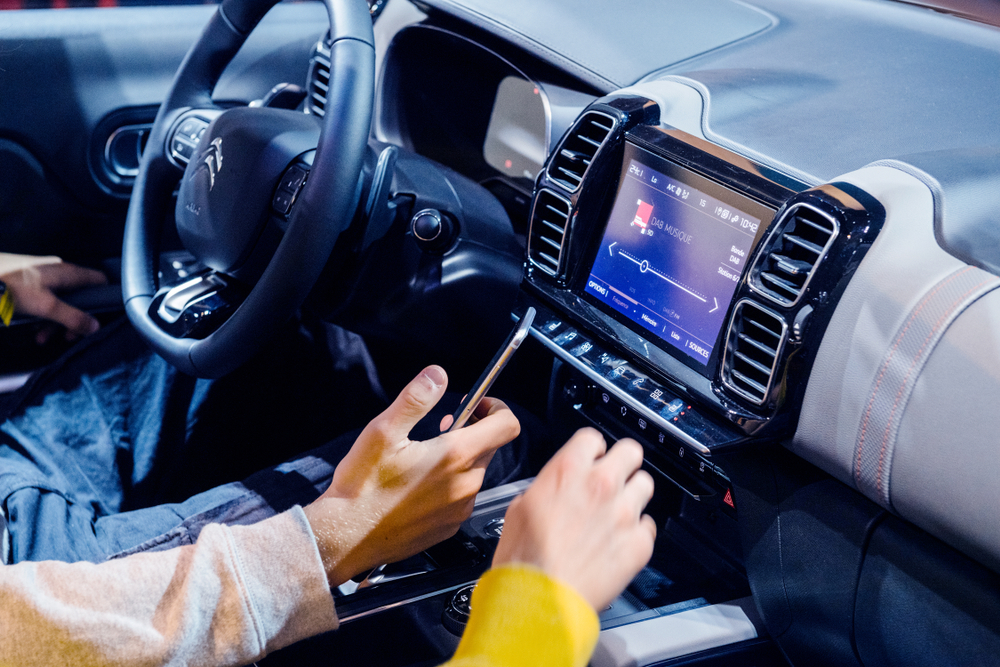Guerrilla RF expands AEC-Q100 Class 2 line-up

Qualified components will be suitable for DAB, emergency calling systems, GPS, and SDARS satellite radio antenna systems
Guerrilla RF, a US provider of RFICs and MMICs, is expanding its portfolio of AEC-Q100 Class 2 qualified components, designed and manufactured for demanding automotive applications.
Earlier this year, Guerrilla RF announced GRF2073-W and GRF4002-W as the first two parts to achieve this status. These devices were used in SDARS satellite radio antennas and single and multimode compensator modules. Following the qualification of the above parts, GRF2012-W and GRF2501-W completed AEC-Q100 Class 2 qualification last month. Applications for these parts include single/multimode compensator modules, 802.11p and V2X.
“The acceptance of our parts by the automotive market has been quite remarkable. From GPS navigation systems to autonomous vehicles to digital audio broadcasting (DAB), today's automobiles require an increasing amount of RF semiconductor content” said Ryan Pratt, CEO and founder of Guerrilla RF. “Our entire product portfolio is well suited to meet the ever-growing demands of the rigorous automotive environment. We are committed to this important market segment and our product catalogue will bear this out over the coming months.”
By the end of 2019, the following products are expected to have completed AEC-Q100 Class 2 qualification:
GRF2013-W: Broadband Gain Block, with low NF and high linearity; GRF6011: SPDT Failsafe Switch; GRF2093: Ultra-Low Noise Amplifier; GRF4014: Broadband LNA/Linear Driver; and GRF2071: Ultra-Low Noise Amplifier
Applications for these products include DAB, emergency calling systems, GPS, and SDARS satellite radio antenna systems. According to Technavio’s Global Automotive Antenna Module Market report, the market is expected to grow steadily at a compound annual growth rate of 7.66 percent to 1,549.24 million by 2021.
The market is driven by several factors, including the rise of wireless connectivity in vehicles, the rising adoption of embedded cellular connectivity, the drive toward autonomous vehicles, economies of scale advantage in satellite antennas, the legislative push to have eCall in cars, and the growing popularity of the truck platooning system. Additionally, the average age of car buyers in developed regions like the United States is increasing, owing to higher disposable income.


































